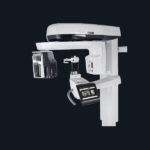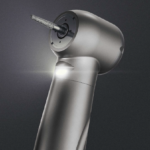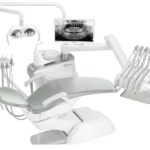
Periodontal Instruments are used to perform a rigorous procedure i.e. treating periodontal disease.
Therefore, they have a specific design and function that enables them to treat and diagnose periodontal disease.
These remove calculus on the tooth’s root and crown to obtain a clean root surface.
That helps remove the infection and, in return, induces periodontal tissue healing.
For that, there will be two phases of treatments using different sets of instruments.
This article discusses the instruments that can achieve this.
Keep reading below to know more!

Periodontal Instruments Classification
Treating periodontal disease involves different stages that utilize separate instruments.
These include:
- Diagnostic Instruments: Probe, Explorer and Mouth Mirror
- Scaling Instruments: Manual instruments like Supra-gingival scalers or Sub-gingival scalers or Power driven like Sonic and Ultrasonic scalers
- Periodontal endoscope
- Root planing and Curetting Instruments: Area-specific curettes like Gracey curettes or Universal curettes.
- Cleaning and Polishing Instruments: Bristle brushes, dental tape, air powder polishing and rubber cups
- Surgical Instruments: Surgical files, needle holder, Surgical curettes and sickles, scissors and nippers, Periosteal elevator and surgical chisels and hoes
Phase 1 Exploration and Diagnosis
The first phase is diagnosing the problem.
Hence, the dentist will use a dental mouth mirror, probe and explorer to look into your condition.
Using a mouth mirror enables the dentist to look into the oral cavity clearly.
The dentist will use it with a light hand in order to not cause any muscular strain.
Moreover, it will come in handy for retraction, transillumination, indirect vision and indirect illumination.
The disease has many stages.
Once the patient crosses the incipient stages it can result in a loss of tooth.
Therefore, you will need other instruments besides the mirror to explore the stage the patient is currently on.
The other two instruments that are probes and expanders check the gum pockets and explore them to diagnose the condition in order to begin treatment.
Let’s know more about what probes and expanders do below!

Periodontal Probes and Expanders
Probes
These are instruments that allow the dentist to explore and identify the extent of the damage.
Probes have an active part that is marked with millimeters.
This enables the dentist to accurately know the degree of the damage, measuring the pocket depth and sulcus.
Dentists collect the information to make a periodogram.
That tool records the depth of the gingival sulcus in millimeters on the palatal and vestibular sides.
It can also come in use later to assess the loss and gain of attachment levels and the efficacy of the treatment.
The types of probe include:
- William Probe: Measures the depth as it is marked in millimeters from 1 to 10
- Nabers probe: It checks the space between the roots of multi-rooted teeth
- North Carolina Probe: It is a thicker probe that is the most standardized for use
- OMS Probe: It has a black band that shows two lengths and a 0.5mm diameter ball at the end.
Dental Explorers
The explorers do not assess the periodontium but the teeth.
Explorers check the surface of teeth for the presence of fissures, dental calculus, recurrences of old fillings and dental caries.
It has a sharp pointed end i.e. the explorer tip which has a tactile sensation.
Thus, the dentist applies only light exploratory strokes to look into the surface’s smoothness.
Similar to other dental instruments for cleaning and polishing and probes, explorers are made of inert materials.
These do not react with the substances used during dental treatments.
The sharp active part of the explorer should have a tip diameter of 0.2 mm.
It is rounded to avoid injury and there are indentations on the handle that make for a secure grip.
This further prevents any accidents or injuries during the treatment.
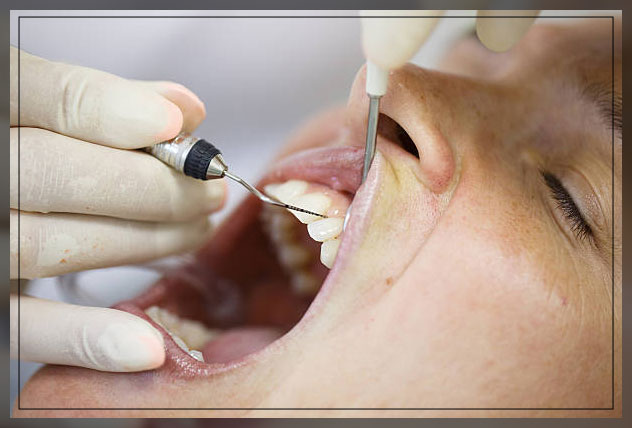
Phase 2 Scaling Instruments
There are subgingival and supragingival deposits on the teeth.
For that, there are dental curettes and scalers in order to carry out root planing and scaling and curetting.
Types of Dental Curettes
- Gracey Curette
- Universal Curette
In a gracy curette there is an angulation of 60 to 70 degrees on the active part which further determines the function of each curette.
This design enables them to reach the gingival pockets.
Depending on where the angle of the neck is more close to, it can reach the premolars, incisors, canines and molars accordingly.
For instance the gracy curette number 5 and 6 are in more use in incisors.
Thes ehave a single cutting edge that curves laterally and upwards.
Besides that, there is a rounded tip as well.
While a gracey curette is specific, the other is a universal curette.
Hence, it has a 90 degree angulation that comes in use for all tooth surfaces.
Moreover, it has a rounded tip and two cutting edges and the cutting blade only curves upwards.
This angulation allows to reach different surfaces with moderate and large amounts of plaque and tartar to remove it effectively.
Differences between the two
A dental gracey curette is specifically designed according to the areas that need treatment, whereas a universal curette is for all the tooth surfaces.
The latter has two cutting edges whereas a gracey curette has one.
The blade of dental gracey curette curves upwards and to a side while that of a universal curette only curves upwards.
The active part is perpendicular to the neck in a universal curette while it is between 60 to 70 degrees relative to the neck.
Therefore, the difference is in the design which makes gracey curette specialized for certain teeth while universal may lack accuracy.
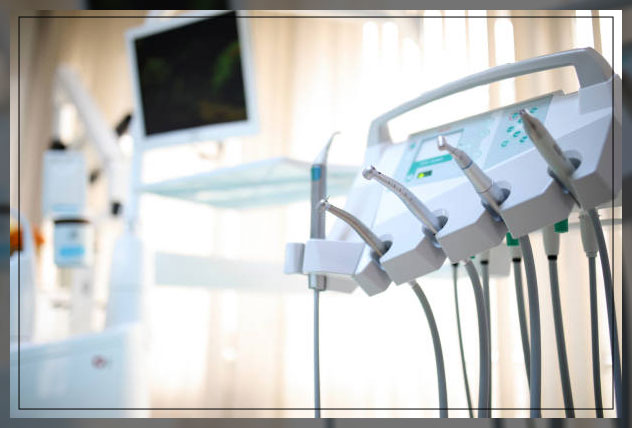
Other Periodontal Instruments Used
Periodontal endoscope
Endoscopy enables visualization and access to various parts of the body using minimally invasive techniques.
The components include a fiber optic bundles, fostered small-bore endoscopes and electronic video technology.
This allows for providing access to smaller cavities during periodontal treatment.
It can be used for sites that do not respond to non-surgical periodontal therapy.
Moreover, it can be used in cases of root fracture, resorption and perforation as well as when the gingiva is chronically inflamed.
Dental Files
Dental files help to:
- Remova calculus from your teeth
- Prepare root canals
- Polish restorations that are on the front surface of teeth
It has several cutting edges at different angles to the base.

Bristle Brushes
They are present in mylon or natural form.
Bristle brushes attach to a handpiece and also come in use with polishing paste.
However, keep them away from cementum or dentin surfaces that may harm the surfaces.
Some dental brushes are rectangular and sharp blades along with a double bevel.
The larger brushes section bone tissue and the small brushes are for gums.
The medium ones are for enamel, dentine and the large tartar deposits.
Air-powder polishing
A Prophy jet can remove extrinsic stains and clean the teeth using air powder polishing.
The process includes cleaning and polishing using a device that mixes air and water alongwith an abrasive agent such as sodium bicarbonate powder.
Rubber Cups
These come in use again for polishing the tooth surface after the procedure of scaling.
It is basically a rubber shell with a hollow interior.
The rubber cups attach to a contra-angle handpiece and are used on the tooth surface using a low speed.
There are several other instruments that you will use in this procedure.
Let’s know about the remaining ones below!
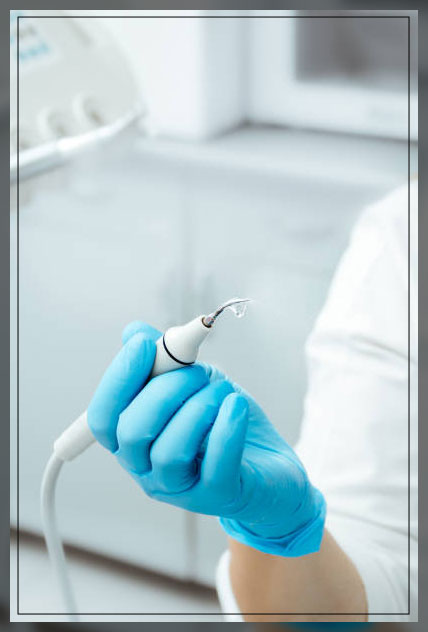
Procedural Equipment
Dental Tape
This material made of spun silk, teflon and nylon, polishes interproximal tooth surfaces.
Alongside a polishing paste around 12 to 18 inches of this tape can polish the interproximal surfaces.
Dental Hoe
The cutting edge of a dental hoe is sharp and angled.
It is perpendicular to the instruments’ handle.
The dental hoe manually trims some portions of the dental tissue.
It then removes the supragingival and sub gingival calculus and enabling to work on the last phase of cavity preparation.
Dental Blades
These have a sharp point, triangular cross section design and two cutting edges.
Due to the sharp design, it cannot remove subgingival calculus as there are chances it may injure the gums.
Rather it can be used for removing supragingival calculus.
For Surgical Purposes
There are plenty of surgical instruments that are used in treating periodontal disease.
These mainly include:
- Needle holders
- Scissors and nippers
- Periosteal elevators
- Surgical curettes and sickles
- Excisional and incisional instruments
- Electrosurgical instruments
- Surgical hoes, chisels and files
- Tissue forceps and homeostats
These are the broad categories of instruments that further include several other medical tools and instruments plus their types.
For instance, there are several types of a surgical blade however, for periodontal disease specifically, the 12C, 15 and 15C surgical blades are used.
Other than the instruments needed for treatment, you may also require dental implant maintenance instruments in case that has become a need.
Furthermore, you can use other means of treatment such as laser therapy for periodontal disease that will require its own set of medical equipment.
Finally,
This is a huge list of periodontal instruments.
Hope it helped in knowing the instruments that you will be needing for your clinic.
For other instruments and equipments, check out our shop here.


